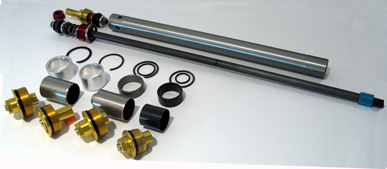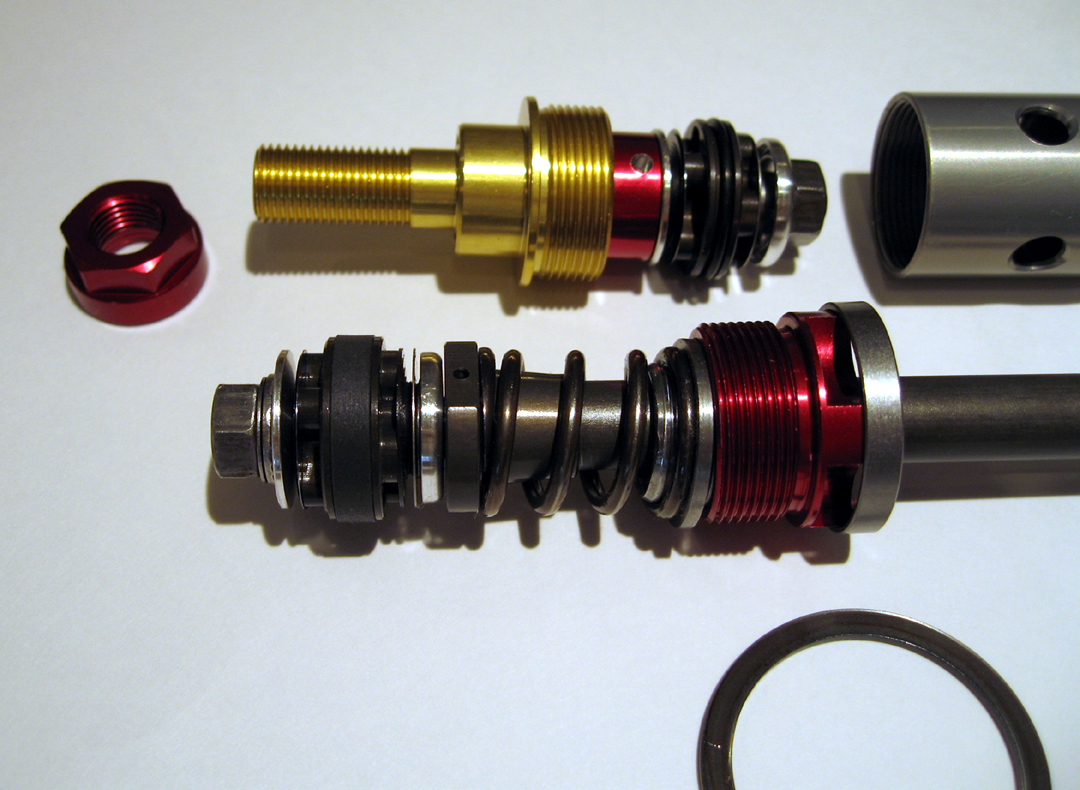|
Examples of typical 20 mm cartridges
|
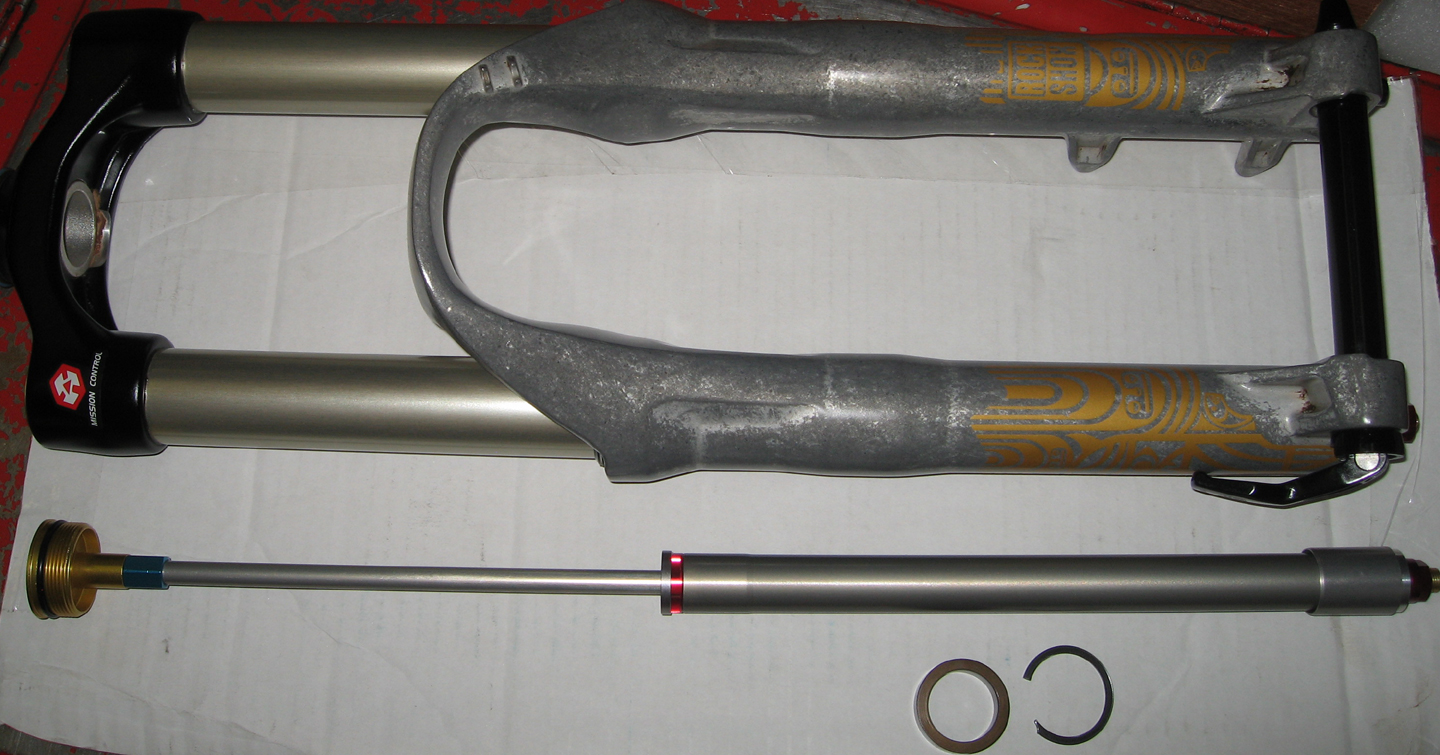 |
Marzocchi
66 RCV 20 mm Cartridge |
Totem
20 mm Cartridge |
| |
 |
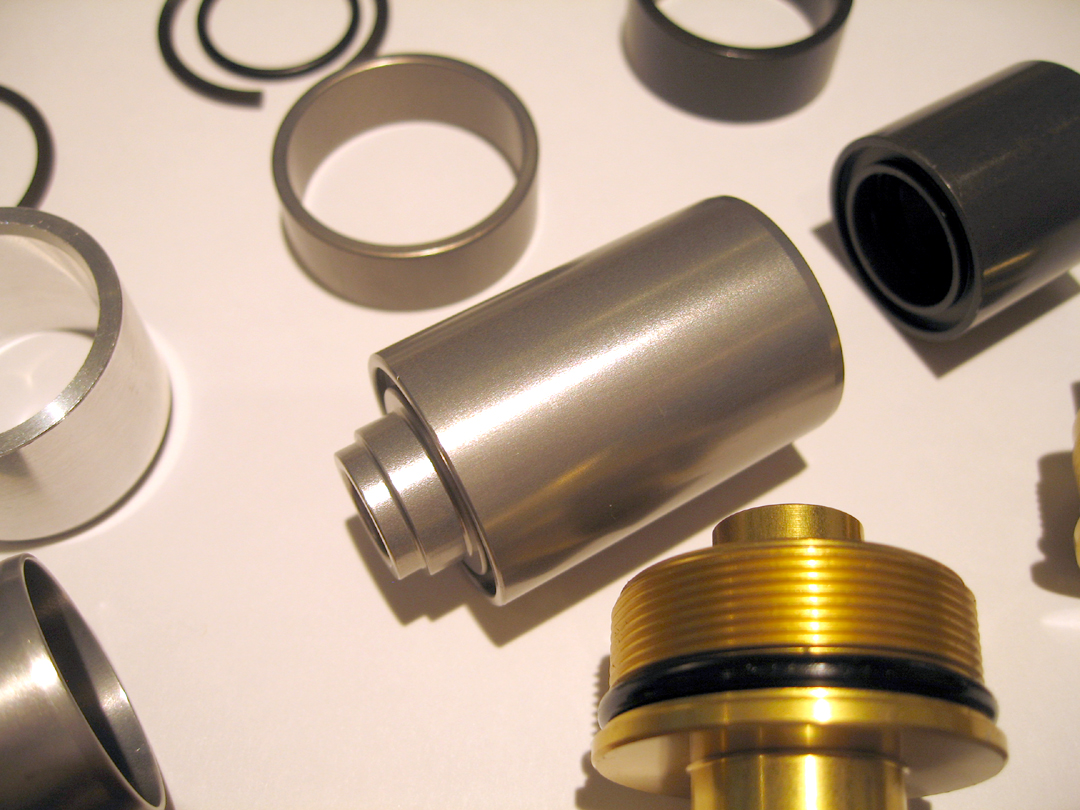 |
Compression and rebound valves |
Fork rebound caps |
Abs Systems |
Specifications
• Replacement open bath maintenance free speed
sensitive damper assembly, "set it and forget it"
• 20 mm ID damper tube with shimmed 4 port MX style compression
and rebound valving pistons
• Available for 8 inch(200 mm) travel dual forks,single crown 180,170,160,150,140,130,120
mm travel forks
• Upper fork cap adjuster screw with 22 clicks of low speed rebound
• Base valve adjuster screw with 22 clicks of low speed compression
adjustment
• Hydraulic Anti-Bottoming
System (ABS) for end of stroke bottoming resistance
• Speed sensitive multi-stage shimmed compression,
midvalves and rebound valving
• Custom valved and set-up for each rider with printed set-up
charts
• Fork spring and air pressure recommendations help us tune to
to your weight riding style
• Midvalve
kit included with standard cartridge to prevent fork dive, adds
low speed compression without harshness, optional midvalve revalving
shim kit and set-up
charts available
• Optional
revalving kit for compression and rebound pistons, with revalving
set-up charts
• Optional HSB
compression blow-off system for the firmer feel with-out harshness
• Designed to be self-installed
or send it to us for installation if you need us to do the install
• Weight approx. 300 grams
*Self install kit assumes good working knowledge of
internals and service procedures.
Revalve
Kit or Purchase Tools
Download:
20mm Cartridge Kit Revalving and Optional MidValve Procedure (53.2 MB)
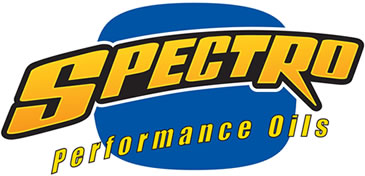 Recommended
oil: Golden Spectro
85/150 Cartridge Fork Fluid Recommended
oil: Golden Spectro
85/150 Cartridge Fork Fluid
Background as to why open
bath and not a sealed damper as an upgrade
Since 1994 when
Suzuki introduced the twin chamber forks to the general public and by
1997 most the
high end MX forks replaced open bath dampers with twin chamber dampers.
These dampers are much more complicated than today's
so called
sealed bladder dampers. The longer travel and larger diameters forced
them to
create a pressurized upper chamber(rod displacement pressure spring
IFP reservoir)
that created force on the damper oil in order to prevent cavitation
at the
midvalve. The midvalve(back side of the rebound piston) had become the
dominate
control of damping on longer travel forks because metering the rod displacement
thru the base valve became too crude and harsh at larger shaft displacements.
The current MTB bladder dampers are using the rod displacement to control
damping
with base valves (on top but still referred to as the base valve) to
meter and
control lock out with a high flow piston system and threshold damping
created
by a rim loaded shim preloaded with a spring referred to as a high speed
adjuster. This simple damping design creates a large amount of resistance
to
open the shims, but because of this it acts like a on/off light switch
and creates
a harsh feeling until it blows off. Because the harshness is undesirable,
the adjuster
is generally run all the way out to relieve this harshness, resulting
in very little
damping in the system.
The Push H97 replaces the Trail/Lock part of this circuit
and simplifies the base valve to just a high speed threshold poppet
valve and a
low speed adjuster needle. It does not add a midvalve or replace the
rebound
piston system. The bladder design is still used to capture the displaced
oil,
but is still not pressurized to prevent cavitation. The bladder design
requires
that the damper rod be sealed, in fact this seal/seals has become the
weak link
and still don’t prevent air ingestion into to damper oil, thus
rendering the damper
useless until re bleed. The H97 also suffers from too much threshold
as it also
creates a very harsh feel and most riders have to run very little high
speed
preload to reduce the harshness resulting in very little to no damping
contribution. This results in more fork dive and reduced bottoming resistance
requiring over springing or adding too much progression to the spring
leg.
The twin chamber forks are not actually sealed and contained
stanchion oil for lubrication and hydraulic bottom out. They are also
self
bleeding and ingest small amounts of stanchion oil thru the damper rod
lip seal
and the oil volume in the damper is reset by the ifp bleed off seal
release
during full stroke compressions. This helps prevent accumulated air
ingestion
from becoming an issue. This same type of self bleeding is also accomplished
by
open bath systems in a very simple way by not completely sealing the
damper oil
from the stanchion oil and allowing air to rise thru the rod bushing
during use,
yes small amounts of air bubbles are trapped in the damper fluid causing
a very
slight emulsion but with today's hydraulic fluids the foaming is almost
eliminated.
This is easily account for in the valving. The air over oil creates
a pressure
on the oil to prevent cavitation and further push out or shrink the
air bubbles
to insignificant size thus creating a very consistent and simple damping
system
that’s self bleeding. This pressure is also used to add ramp up
to the fork resulting
in less tokens in the air side for a more linear midstroke air spring.
The
pressure springs also add to the initial spring rate and preload of
the initial
feel of the fork reducing the suppleness of the fork. MX bikes are much
heavier
so this is not as noticeable. The new Grip and Rockshox RC dampers are
using the
pressure spring system to replace the bladder design but are battling
with spring rates and
preload to create a soft initial feel while still trying to reduce cavitation.
|


